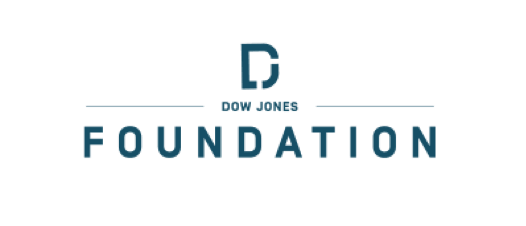🚨 IMPORTANT:
Checkology is offline July 1-31 for scheduled summer maintenance. See you in August! Read more about our summer maintenance.
Learn about the history of editorial cartooning as a unique and powerful form of opinion journalism and practice analyzing cartoons from the 1700s to the present day.
News literacy topics
A free press; Investigative journalism/watchdog role; Opinion; Propaganda
Learning objectives
Essential questions
Excerpt
“In this lesson, we’ll take a look at the unique and, from my perspective, amazing form of opinion journalism that is editorial cartooning. We’ll walk through the history of editorial and political cartoons and view some important examples together. We’ll also think about how these drawings can play a watchdog role in democracy — testing boundaries, pushing buttons, exposing wrongdoing and holding powerful people accountable for their actions and making some of them pretty darn angry in the process. I know my drawings have! In some cases this has resulted in cartoonists being harassed, threatened, jailed, tortured or even killed for their work.
So, what makes editorial cartoons an effective and powerful form of expression? Why do they elicit strong responses, including from those in power? I mean, they’re just drawings, right? Well, let’s see about that…”







© 2024 The News Literacy Project Privacy policy Terms of use